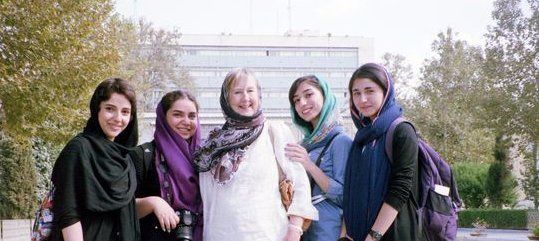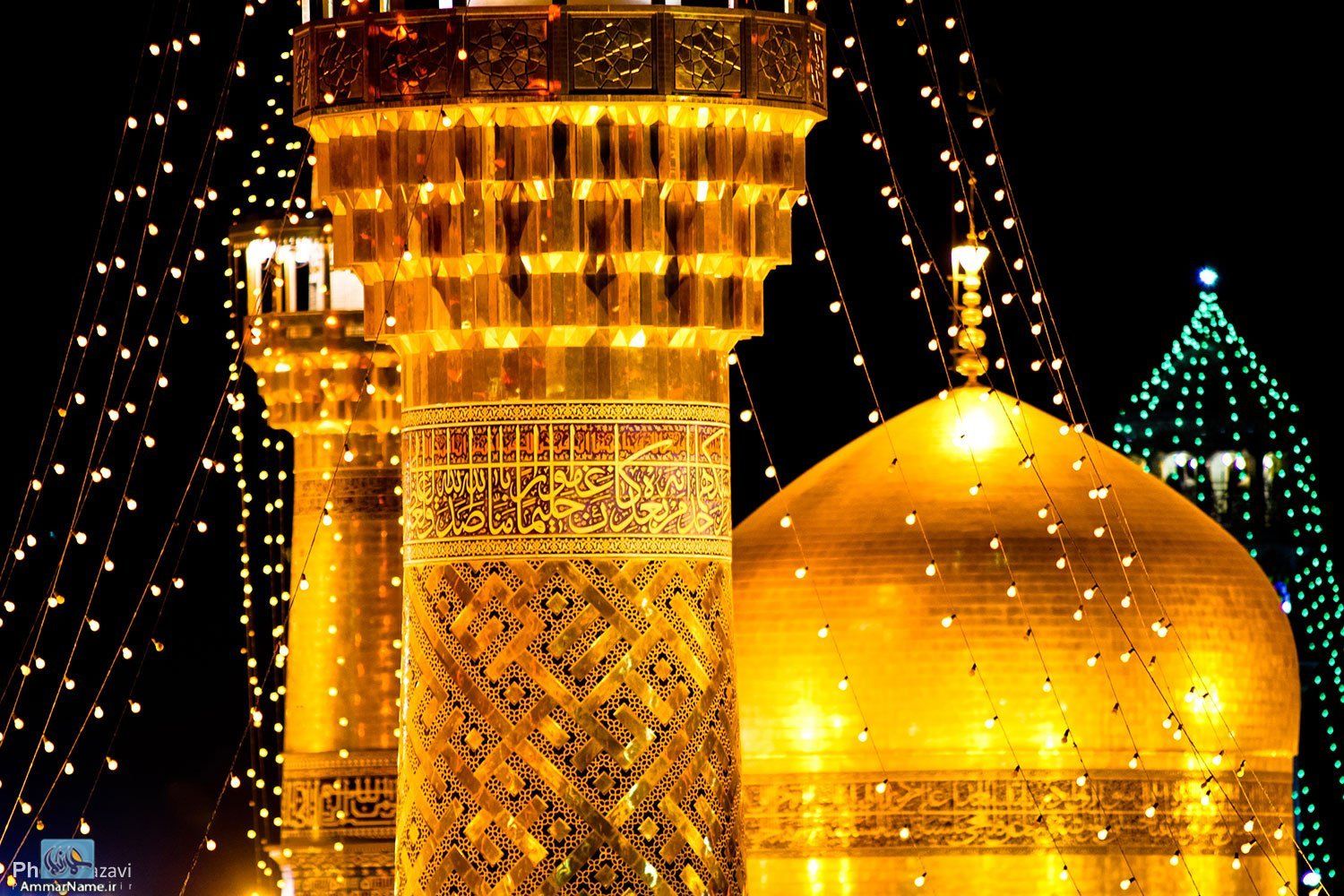Persian Calendars ( Iranian Calendars )
Persian Calendars - Iranian Calendars
History
Ancient calendars of Persia
| Order |
Corresponding Julian
months |
Old
Persian |
Elamite
spelling |
Meaning |
Corresponding Babylonian month |
| 1 |
March–April |
Ādukanaiša
|
Hadukannaš
|
uncertain |
Nīsannu
|
| 2 |
April–May |
Θūravāhara
|
Turmar
|
Possibly "(Month of) strong spring" |
Ayyāru
|
| 3 |
May–June |
Θāigraciš
|
Sākurriziš
|
"Garlic-collecting
month" |
Sīmannu
|
| 4 |
June–July |
Garmapada
|
Karmabataš
|
"Heat-station (month)" |
Du'ūzu
|
| 5 |
July–August |
– |
Turnabaziš
|
– |
Ābu
|
| 6 |
August–September |
– |
Karbašiyaš
|
– |
Ulūlū
|
| 7 |
September–October |
Bāgayādiš
|
Bakeyatiš
|
"(Month) of
the worship of
baga
(god,
perhaps Mithra
)" |
Tašrītu
|
| 8 |
October–November |
* Vrkazana
|
Markašanaš
|
"(Month) of wolf killing" |
Arahsamna
|
| 9 |
November–December |
Āçiyādiya
|
Hašiyatiš
|
"(Month) of
the worship of the fire" |
Kisilīmu
|
| 10 |
December–January |
Anāmaka
|
Hanamakaš
|
"Month of the nameless god(
?)" |
Tebētu
|
| 11 |
January–February |
* Θwayauvā
|
Samiyamaš
|
"The terrible
one" |
Šabāţu
|
| 12 |
February–March |
Viyax
(a) na
|
Miyakannaš
|
"Digging-up (month)" |
Addāru
|
| Festival |
Time from previous |
| hamaspathmaidyem
|
75 days |
| maidyoshahem
|
105 days |
| ayathrem
|
105 days |
| maidyarem
|
75 days |
| Festival |
Time from previous |
| hamaspathmaidyem
(end of
retirement) |
75 days |
| maidyozarem
(spring) |
45 days |
| maidyoshahem
(mid-summer) |
60 days |
| paitishahem
(harvest) |
75 days |
| ayathrem
(end of the
summer) |
30 days |
| maidyarem
|
75 days |
Zoroastrian calendar
| Order |
Avestan
name of the Yazata
(in the genitive ) |
Approximate
meaning of the name |
Pahlavi Middle
Persian |
Modern Iranian
Persian |
|
| Romanized |
English |
Romanized |
Native Script |
Romanized |
|
| 1 |
Fravašinąm
|
(Guardian spirits,
souls of the righteous) |
Frawardīn
|
فروردین
|
Farvardīn
|
| 2 |
Ašahe
Vahištahe
|
"Best
Truth" / "Best Righteousness" |
Ardwahišt
|
اردیبهشت
|
Ordībehešt
|
| 3 |
Haurvatātō
|
"Wholeness"
/ "Perfection" |
Khordād
|
خرداد
|
Khordād
|
| 4 |
Tištryehe
|
"Sirius" |
Tīr
|
تیر
|
Tīr
|
| 5 |
Amərətātō
|
"Immortality" |
Amurdād
|
امرداد
|
A- Mordād
|
| 6 |
Xšaθrahe
Vairyehe
|
"Desirable
Dominion" |
Shahrewar
|
شهریور
|
Shahrīvar
|
| 7 |
Miθrahe
|
"Covenant" |
Mihr
|
مهر
|
Mehr
|
| 8 |
Apąm
|
"Waters" |
Ābān
|
آبان
|
Ābān
|
| 9 |
Āθrō
|
"Fire" |
Ādur
|
آذر
|
Āzar
|
| 10 |
Daθušō
|
"The
Creator" (i.e. Ahura
Mazda) |
Day |
دی
|
Dey
|
| 11 |
Vaŋhə̄uš
Manaŋhō
|
"Good
Spirit" |
Wahman
|
بهمن
|
Bahman
|
| 12 |
Spəntayā
̊ Ārmatōiš
|
"Holy
Devotion" |
Spandarmad
|
اسپند|اسفند
|
Espand
/ Esfand
|
| * denotes 1 Epagomene |
|||
| Egyptian month |
First day |
Persian month |
First day |
| 4 |
23 March |
1 |
23*–28 March |
| 5 |
22 April |
2 |
27 April |
| 6 |
22 May |
3 |
27 May |
| 7 |
21 June |
4 |
26 June |
| 8 |
21 July |
5 |
26 July |
| 9 |
20 August |
6 |
25 August |
| 10 |
19 September |
7 |
24 September |
| 11 |
19 October |
8 |
24 October |
| 12 |
18 November |
9 |
23 November |
| 1 |
18*–23 December |
10 |
23 December |
| 2 |
22 January |
11 |
22 January |
| 3 |
21 February |
12 |
21 February |
Modifications by Parthians, Ardashir I, Hormizd I, Yazdgerd III
| No. |
Name |
Achaemenid
|
Choresmian
|
Sasanian
|
Time
since previous |
| 1 |
maidyozarem
|
(11-)
15 ii ( Ardawahisht
) |
15
v |
(11-)
15 x (Day) |
45
days |
| 2 |
maidyoshahem
|
(11-)
15 iv ( Tir
) |
15
vii |
(11-)
15 xii ( Spandarmad
) |
60
days |
| 3 |
paitishahem
|
(26-)
30 vi ( Shahrivar
) |
30
ix |
(26-)
30 ii ( Ardawahisht
) |
75
days |
| 4 |
ayathrem
|
(26-)
30 vii ( Mihr
) |
30
x |
(26-)30
iii ( Khordad
) |
30
days |
| 5 |
maidyarem
|
(11-)
15 x (Day) |
10 i
|
(11-)
15 vi ( Shahrewar
) |
75
days |
| 6 |
hamaspathmaidyem
|
(1-)
5 Epagomene
|
30
iii |
(1-)
5 Epagomene
|
80
days |
| * = 1 Epagomene
|
|||||
| Armenian |
First day |
Egyptian |
First day |
Persian |
First day |
| 1 |
26* September–1 October |
4 |
26 September |
1 |
26 September |
| 2 |
31 October |
5 |
26 October |
2 |
26 October |
| 3 |
30 November |
6 |
25 November |
3 |
25 November |
| 4 |
30 December |
7 |
25 December |
4 |
25 December |
| 5 |
29 January |
8 |
24 January |
5 |
24 January |
| 6 |
28 February |
9 |
23 February |
6 |
23 February |
| 7 |
30 March |
10 |
25 March |
7 |
25 March |
| 8 |
29 April |
11 |
24 April |
8 |
24 April |
| 9 |
29 May |
12 |
24 May |
9 |
24*–29 May |
| 10 |
28 June |
1 |
23*–28 June |
10 |
28 June |
| 11 |
28 July |
2 |
28 July |
11 |
28 July |
| 12 |
27 August |
3 |
27 August |
12 |
27 August |
Muslim conquest
| * denotes 1 Epagomene
|
|||||
| Armenian |
First day |
Old |
First day |
Persian |
First day |
| 1 |
15*–20 March |
4 |
15 March |
1 |
10*–15 March |
| 2 |
19 April |
5 |
14 April |
2 |
14 April |
| 3 |
19 May |
6 |
14 May |
3 |
14 May |
| 4 |
18 June |
7 |
13 June |
4 |
13 June |
| 5 |
18 July |
8 |
13 July |
5 |
13 July |
| 6 |
17 August |
9 |
12 August |
6 |
12 August |
| 7 |
16 September |
10 |
11 September |
7 |
11 September |
| 8 |
16 October |
11 |
11 October |
8 |
11 October |
| 9 |
15 November |
12 |
10 November |
9 |
10 November |
| 10 |
15 December |
1 |
10*–15 December |
10 |
10 December |
| 11 |
14 January |
2 |
14 January |
11 |
9 January |
| 12 |
13 February |
3 |
13 February |
12 |
8 February |
| No. |
Name |
Date |
Time since previous |
| 1 |
maidyozarem
|
(11-) 15 ii ( Ardawahisht
) |
45 days |
| 2 |
maidyoshahem
|
(11-) 15 iv ( Tir
) |
60 days |
| 3 |
paitishahem
|
(26-) 30 vi ( Shahrivar
) |
75 days |
| 4 |
ayathrem
|
(26-) 30 vii ( Mihr
) |
30 days |
| 5 |
maidyarem
|
(16-) 20 x (Day) |
80 days |
| 6 |
hamaspathmaidyem
|
(1-) 5 Epagomene
|
75 days |
Medieval era: Jalali calendar
Modern calendar: Solar Hijri (SH)
| 33-year |
Solar Hijri
year |
Gregorian year |
Solar Hijri
year |
Gregorian year |
| 1 |
1354* |
21 March 1975 – 20 March
1976 |
1387* |
20 March 2008 – 20 March
2009 |
| 2 |
1355 |
21 March 1976 – 20 March
1977 |
1388 |
21 March 2009 – 20 March
2010 |
| 3 |
1356 |
21 March 1977 – 20 March
1978 |
1389 |
21 March 2010 – 20 March
2011 |
| 4 |
1357 |
21 March 1978 – 20 March
1979 |
1390 |
21 March 2011 – 19 March
2012 |
| 5 |
1358* |
21 March 1979 – 20 March
1980 |
1391* |
20 March 2012 – 20 March
2013 |
| 6 |
1359 |
21 March 1980 – 20 March
1981 |
1392 |
21 March 2013 – 20 March
2014 |
| 7 |
1360 |
21 March 1981 – 20 March
1982 |
1393 |
21 March 2014 – 20 March
2015 |
| 8 |
1361 |
21 March 1982 – 20 March
1983 |
1394 |
21 March 2015 – 19 March
2016 |
| 9 |
1362* |
21 March 1983 – 20 March
1984 |
1395*
|
20 March 2016 – 20 March 2017
|
| 10 |
1363 |
21 March 1984 – 20 March
1985 |
1396 |
21 March 2017 – 20 March
2018 |
| 11 |
1364 |
21 March 1985 – 20 March
1986 |
1397 |
21 March 2018 – 20 March
2019 |
| 12 |
1365 |
21 March 1986 – 20 March
1987 |
1398 |
21 March 2019 – 19 March
2020 |
| 13 |
1366* |
21 March 1987 – 20 March
1988 |
1399* |
20 March 2020 – 20 March
2021 |
| 14 |
1367 |
21 March 1988 – 20 March
1989 |
1400 |
21 March 2021 – 20 March
2022 |
| 15 |
1368 |
21 March 1989 – 20 March
1990 |
1401 |
21 March 2022 – 20 March
2023 |
| 16 |
1369 |
21 March 1990 – 20 March
1991 |
1402 |
21 March 2023 – 19 March
2024 |
| 17 |
1370* |
21 March 1991 – 20 March
1992 |
1403* |
20 March 2024 – 20 March
2025 |
| 18 |
1371 |
21 March 1992 – 20 March
1993 |
1404 |
21 March 2025 – 20 March
2026 |
| 19 |
1372 |
21 March 1993 – 20 March
1994 |
1405 |
21 March 2026 – 20 March
2027 |
| 20 |
1373 |
21 March 1994 – 20 March
1995 |
1406 |
21 March 2027 – 19 March
2028 |
| 21 |
1374 |
21 March 1995 – 19 March
1996 |
1407 |
20 March 2028 – 19 March
2029 |
| 22 |
1375* |
20 March 1996 – 20 March
1997 |
1408* |
20 March 2029 – 20 March
2030 |
| 23 |
1376 |
21 March 1997 – 20 March
1998 |
1409 |
21 March 2030 – 20 March
2031 |
| 24 |
1377 |
21 March 1998 – 20 March
1999 |
1410 |
21 March 2031 – 19 March
2032 |
| 25 |
1378 |
21 March 1999 – 19 March
2000 |
1411 |
20 March 2032 – 19 March
2033 |
| 26 |
1379* |
20 March 2000 – 20 March
2001 |
1412* |
20 March 2033 – 20 March
2034 |
| 27 |
1380 |
21 March 2001 – 20 March
2002 |
1413 |
21 March 2034 – 20 March
2035 |
| 28 |
1381 |
21 March 2002 – 20 March
2003 |
1414 |
21 March 2035 – 19 March
2036 |
| 29 |
1382 |
21 March 2003 – 19 March
2004 |
1415 |
20 March 2036 – 19 March
2037 |
| 30 |
1383* |
20 March 2004 – 20 March
2005 |
1416* |
20 March 2037 – 20 March
2038 |
| 31 |
1384 |
21 March 2005 – 20 March
2006 |
1417 |
21 March 2038 – 20 March
2039 |
| 32 |
1385 |
21 March 2006 – 20 March
2007 |
1418 |
21 March 2039 – 19 March
2040 |
| 33 |
1386 |
21 March 2007 – 19 March
2008 |
1419 |
20 March 2040 – 19 March
2041 |




































